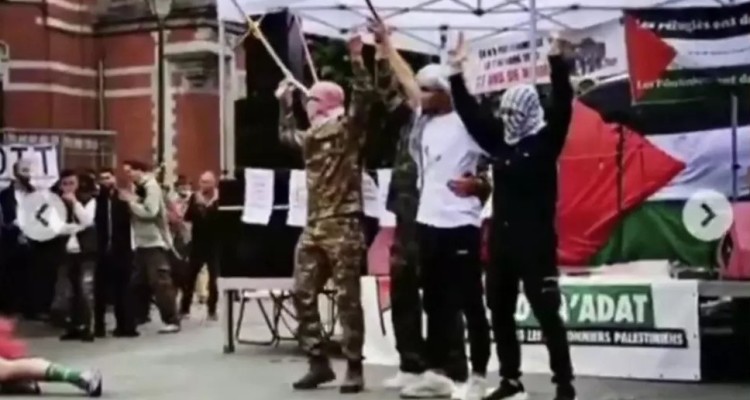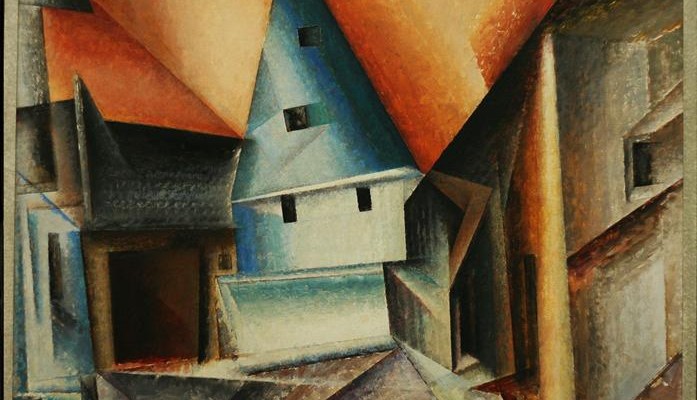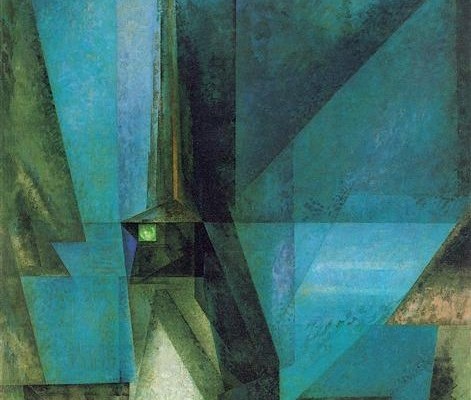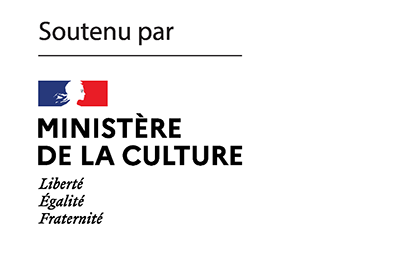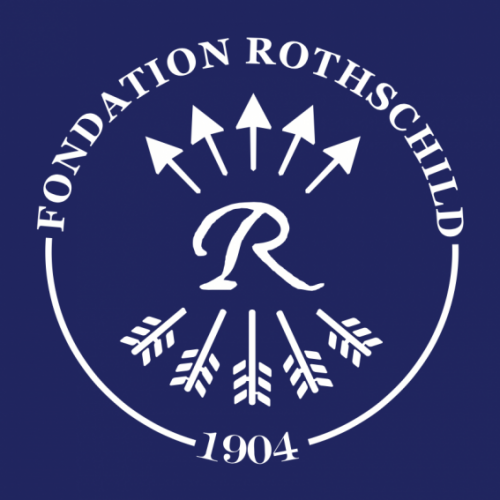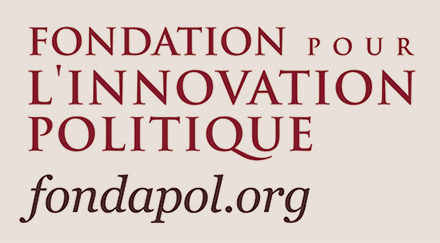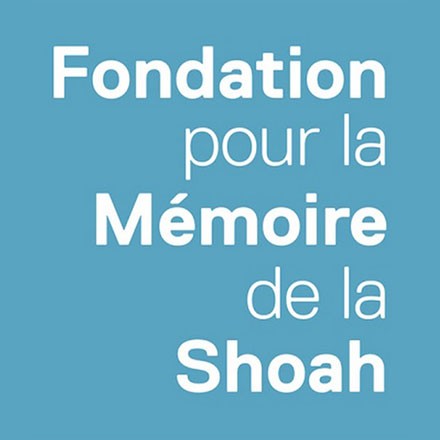What exactly do Giorgia Meloni’s right-wingers mean by Homeland and Nation? What kind of Italy is it dreaming of when it hammers home these two concepts today? Simone Disegni explores this question by looking back at two stories of Italian Jewish children: that of Edgardo Mortara, taken from his family by the Vatican in 1858, and that of Franco Cesana, a partisan who died in combat in 1944 at the age of 13.

“I’ve always thought that the Nation and the Homeland were natural societies, in other words something that naturally lies in the hearts of men and nations, independently of any convention (…) My dream is to live in an Italy where, despite differences, everyone can define themselves and act as a patriot, that is, as someone who puts the interests of the Nation before the interests of groups and parties”. The profound meaning of the direction that Giorgia Meloni seems to want to give Italy is well summed up in these few sentences from a speech given in the Senate on 30 May at the conference Nazione e Patria. Idee ritrovate [Nation and Homeland: New Ideas].
Nation and Homeland… These two words recur regularly in the speeches of Meloni, his most loyal ministers and the new intelligentsia, who have gradually been promoted to positions of prominence in recent months. However, at the risk of being surprising, it should be remembered that the insistent use of these two notions in the public language of the government is rare in Italy, a country par excellence of multiple and divided memories. Unified late in its history, Italy remains a territory marked by regional identities, with a very fragile sense of its national cohesion and, more generally, of the State. Politically, the end of the most dramatic chapter in its history – that of Fascism, the war and the Resistance – has left a legacy of a structurally divided country. As the historian Claudio Pavone (Una guerra civile. Saggio storico sulla moralità nella Resistenza. Bollati Boringhieri, 1991), the past is not really over, and the residues of the “civil war” between the fascists and the partisans still run through the country’s veins. For the Left, in its various incarnations, the Resistance is the undeniable founding moment of the new Italy born with the Republic – anti-fascism being the essential and enduring core of its DNA. For the Right, or at least part of it, “fascism also did good things”, the Resistance is a myth to be deconstructed and anti-fascism a cumbersome cultural burden that makes Italians lose pride in their homeland or nation. This is why these two terms – in themselves neutral and a priori not attributable to one political camp rather than another – seem suspect in Italian public parlance.
So what exactly do Italy’s new leaders mean by Homeland and Nation? What are the aims of the government’s revival of these concepts? While the Prime Minister, in keeping with her well-established method, adopts a moderate tone in her public speeches, it is the statements made by Francesco Lollobrigida, Minister for Agriculture, former leader of Fratelli d’Italia and one of Mrs Meloni’s most trusted advisers, that raise questions: “We cannot give in to the prospect of ethnic replacement. Italians are having fewer children and we’re replacing them with others. This is not the right solution,” Lollobrigida argued at a conference held on 18 April 2023. Accused of spreading the cultural poison of white supremacism within the government, Lollobrigida defended himself a few weeks later with explanations that, for many, seem even more worrying. “There is no Italian race. There is, however, an Italian culture, an Italian ethnic group, which must be protected”, said the minister. Is this the “modern” notion of homeland that the Italian right intends to place at the centre of the country’s cultural horizon, in school curricula and even on public television? And what impact would this have on the various minorities living in Italy, some for decades, others for centuries?
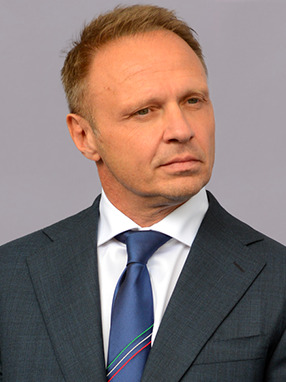
As we await answers to these questions, we turn to two episodes in contemporary Italian and Jewish history which, while little known to the general public, have incidentally resurfaced at the same time. These are two children’s stories – both Jewish, both from Bologna, born 80 years apart – which can be read as richly instructive parables. On the tenacity of anti-Semitism, of course, but also on the contribution of Italian Jews to building a free and just country, and ultimately on the very notion of homeland. Last spring, a film and a cultural project helped to revive the story of Edgardo Mortara – a little Jewish boy taken from his family by the Vatican in 1858 to become a priest – and that of Franco Cesana – another Jewish boy who is said to have been Italy’s youngest partisan, killed in action at the age of 13 in 1944. They provide valuable insights into the past and present of Italy and its Jewish community.
The Mortara case.
Bologna, Papal State, June 1858. At a time when the winds of political liberalism and self-determination were blowing across Europe and Italy was strengthening its resolve to reunite the Peninsula, breaking the political and cultural yoke of the Vatican, the Papacy was guilty of a criminal act. A criminal act among many others in history, but one that at the time became an international affair. In a sudden and brutal decision, little Edgardo, Marianna and Salomon Mortara’s sixth child, was forcibly taken from his family by the Papal Gendarmerie. The reason given was that the child’s Catholic nanny, Anna Morisi, had secretly had him baptised. Although Edgardo had been brought up Jewish, along with his brothers and sisters, he was now considered a Catholic by the Papal authorities. He therefore had to grow in his new faith and be literally “re-educated” according to Christian principles. What better place to do this than in the very court of Pope Pius IX?
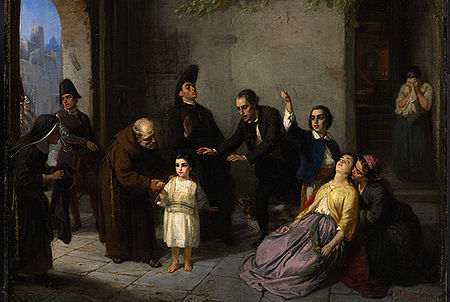
Taken from his family at the age of seven, little Mortara was sent to the Casa dei Catecumeni, just outside St Peter’s Basilica. He became a protégé of the Pontiff, who looked after him as if he were an adopted son. The results were as flattering for his educators as they were intolerable for his family and home community: after completely renouncing his native faith, Edgardo Mortara became a priest with profound evangelical intentions – even towards his ex-coreligionists. After living for many years in a monastery in Belgium, he died there shortly before European anti-Semitism reached its most dramatic turning point in 1940.
A film by director Marco Bellocchio – previewed at the last Cannes Film Festival under the unequivocal title Rapito [The Abduction] – has reopened this forgotten page of Italian history, even for some of its Jews. It has the merit of giving a face, a voice and strong expressions to the protagonists of this dramatic episode. Bellocchio has explained on several occasions that the film’s main aim was to highlight the irreparable damage that religious dogma can cause. But of course, from a Jewish point of view, the film evokes above all the anxiety linked to the Church’s “thirst for souls”, which, as the Chief Rabbi of Rome Riccardo Di Segni reminded us publicly when Rapito was released in Italy, has claimed many victims throughout history. This concern was rekindled in 2000 with the beatification of Pius IX, the very pope who ordered the kidnapping of the Mortara child.
Elèna Mortara, an eminent specialist in American literature and great-grandniece of little Edgardo, has always been one of the most active figures in keeping alive the memory of the abuse suffered by her great-uncle. “In our family, we have always taken care to cultivate the memory of this event, with the awareness that it had a significance that went far beyond our family and the Italian Jewish community alone”, recalled the academic at the presentation of Bellocchio’s film in Rome. Indeed, if we look at it from the right angle, this very drama contains the seeds of a political evolution. Elena Mortara recalls one of its consequences: “This story made a significant contribution to Jewish emancipation in the second half of the 19th century. But not only that: shortly afterwards, still in the wake of this affair, a new Italian state would come into being, in which all its citizens would be free and equal before the law”. The fact is that the mobilisation of the Mortara family and Bologna’s Jewish community at the time had a huge impact, not just in Italy but around the world. As the film recalls, the Mortara affair caused a scandal in the press and public opinion in Europe and the United States. In France, the Jews created the Alliance Israélite Universelle, drawing lessons from this episode, which left Napoleon III speechless. It was this very crime that caused Pius IX and his anachronistic, reactionary Papal State to lose all residual credibility and international support.
The militants of the Risorgimento understood this and, less than a year after Mortara’s abduction – on 12 June 1859 – they attacked Bologna, erecting the Tricolore flag in place of the papal coat of arms. Eleven years later, to complete the unification of the Kingdom of Italy, they finished the job by entering Rome and definitively confining the Papal State to the territory of the Vatican. It was the Jewish officer Giacomo Segre who led the victorious assault on Porta Pia. “Catholics certainly have a lot to learn from Bellochio’s film. But so do Italian Jews,” says Elèna Mortara. “They can, and must, take more ownership of this story. It’s nothing to be ashamed of. It’s totally logical that a child torn from his home at the age of six and indoctrinated for the next twelve years should not have returned to his family. On the other hand, we should be proud of the battle waged by Jewish communities across Europe so that, following the condemnation of this case and many others like it, the foundations can be laid for a new state, where everyone can enjoy equal rights and be free from this kind of abuse.” These were the ideas that the patriots of the Risorgimento carried at the end of their bayonets, while thinking of little Edgardo.
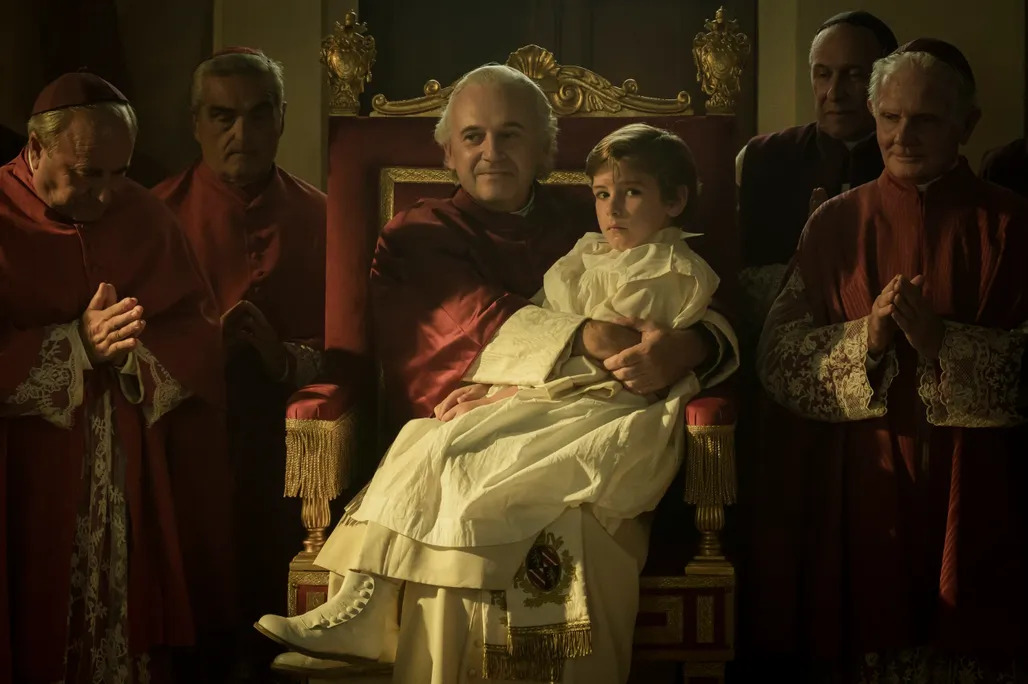
Franco Cesana, Italy’s youngest partisan
Seven decades later. The liberal foundations of the Kingdom of Italy had been dismantled and torn to pieces for twenty years by Fascism, which, after its alliance with the Nazis, first turned its back on the Jews, then led the country into the catastrophe of war and finally delivered it directly into the hands of the German occupiers. Thousands of young people from all the occupied regions — soldiers or ordinary citizens, Jews or Catholics, Communists or Christian Democrats — got together and went up into the mountains to organise the Resistance. Testimonies from this period abound with accounts of the acts of bravery of these partisans who, for their freedom, that of their loved ones and their descendants, gave everything, sometimes even their lives, before the Allied forces succeeded in definitively liberating the country and laying the foundations for the future republic. And who was the youngest Italian partisan? According to the convergent reconstructions of historians, it was a young boy of barely twelve: a Bolognese Jew by the name of Franco Cesana. Last spring, a multimedia project by Milan’s Centre for Contemporary Jewish Documentation (CDEC), which collects, catalogues and makes available on a dedicated platform – Resistenti ebrei d’Italia [Jewish Resistance Fighters of Italy] – the accounts of Jewish resistance fighters from all over Italy, shed new light and depth on his story.
Who was Franco Cesana? He was one of the thousands of Italian children born between the 1920s and 1930s who, in the autumn of 1938, were expelled from state schools simply because they were Jewish. He was a young boy with a particularly lively temperament, full of dreams and ideals, who quickly, very quickly, understood the importance of fighting for all these Jewish children. “He was a Zionist and a religious man. He was very small, a child, and he was going to become a hero”, writes Giancarlo Sacerdoti in his Ricordi di un ebreo bolognese [Memories of a Bolognese Jew], who shared part of that dark period with the little Franco. Cesana had learnt from an early age to make a virtue of necessity and to fend for himself. In 1939, after his father died after a long illness, his mother, in financial difficulties, tried to offer the boy a home and a Jewish education by sending him to the Jewish orphanage in Turin. Three years later, Allied bombing raids on the city forced the local community to move the children: Cesana was placed in the Jewish orphanage in Rome, where his aunt and uncle lived. But the war had not finished changing his life, or that of his co-religionists. In September 1943, Bologna came under Allied bombardment, forcing the civilian population – including Cesana’s family – to take refuge in the surrounding hills. During the same weeks, German troops laid siege to Rome and prepared to round up its Jews. Franco was reunited with his family, who had ended up hiding there. The 12-year-old Franco was eager to make history, following the example of his older brother Lelio (23) and the many other young and not-so-young people he saw enlist in partisan groups to fight against the Nazis and Fascists. His mother forbade him to take this step for as long as she could, until – on 1 April 1944 – Franco, leaving on the pretext of going to fetch milk, reported to the Gombola partisan brigade. To join the Resistance, he told the commanding officer that he was 16 years old. He was enrolled as a messenger. A few months later, in September, the Partisans were fighting the Germans for control of the territory around Bologna: Franco, along with his brother Lelio and other comrades, had to inspect the Pescarola area.
A local resident pointed them in the right direction and directed them to a place where German troops were stationed: five partisans died in the ensuing shoot-out. Franco Cesana was one of them. Five days later, on 20 September 1944, he would have been 13, the age at which people take their bar mitzvah. His older brother heard the last words from his lips, those of the Shema Israel.
The letter he sent to his mother after long months of silence (and anguish for her), in June 44, is the one that best illustrates the temperament and spirit of the child-partisan. It is worth reading in its entirety:
“Dear Mum, after my escape, I was unable to give you any news of myself for reasons you can imagine. I am now giving you a detailed account of my adventure: I left so suddenly without knowing myself what I was doing. I walked as far as I could, then stopped to sleep in a barn at Osteria Matteazzi. In the morning, I woke up hungry and started walking again towards Gombola, feeding on blackberries. I arrived in Gombola at around nine o’clock and from there I went in search of partisans, determined to join a brigade. I managed to find some patriots [emphasis added] who showed me the way to the command post at Maranello di Gombola. I was very tired when I got there, but I summoned up all my courage and introduced myself. After a while, the opportunity came up to join Marcello’s team.
Are you happy? I presented myself to Marcello, I was recruited and because I studied, I was assigned to the command and I’m now quite safe in a place above Gombola. So you have nothing to worry about. My health is excellent, but my sleep is a bit unsteady. To clear up an unfortunate incident, I warn you that I did not say what you made me swear to keep silent. I end this letter by inviting you to keep your spirits high. I send you my love and I’m thinking of you, Mum. N.B. Give my regards to Lelio and tell him not to be a bad boy. I recommend that you burn my letter as soon as you receive it. Goodbye and many kisses to you.”
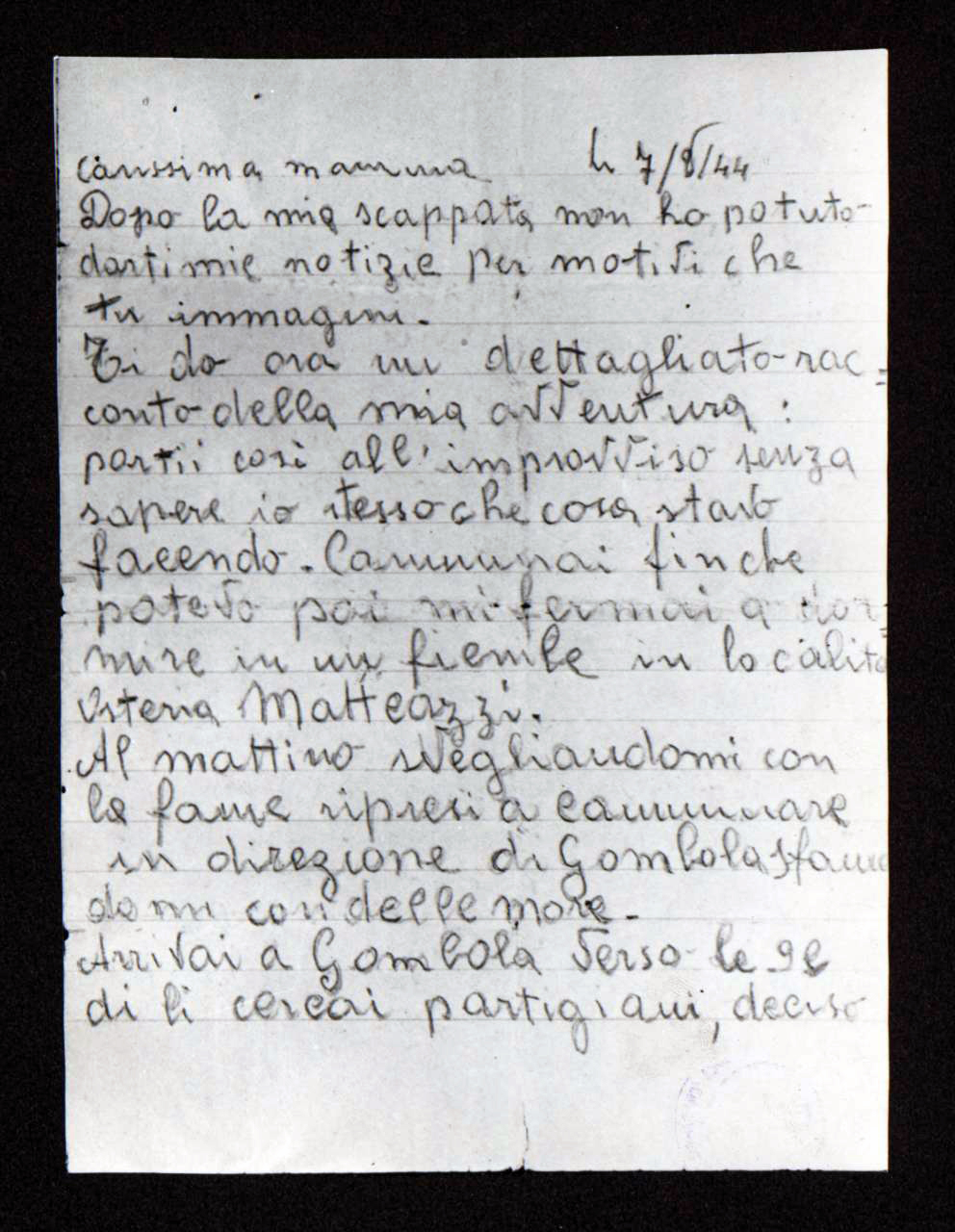
In addition to the extraordinary maturity and tenderness shown by little Cesana, this letter reminds us of what the Resistance fighters of the time called themselves and thought of each other, and how they appeared to a young Jew eager to free Italy and his family from the yoke of fascism: patriots. The homeland… A key concept, natural to these fighters, which was taken up, as if in response to Cesana’s letter to his mother, in an article in memory of Italy’s youngest resistance fighter and martyr, published in the newspaper La Voce del Partigiano [The Voice of the Partisan] a few days after his death: “He was thirteen years old and he knew how to answer the call of the homeland, leaving behind the comfort and tranquillity of the family home, to fight and end his young life in a glorious holocaust.
What homeland?
What is the homeland that Meloni and her new intelligentsia would like to bring back to the centre of Italy’s political and cultural horizon? If it’s the homeland for which the Risorgimento fighters were prepared to die, including to ‘avenge’ the kidnapping and forced conversion of Edgardo Mortara, or the homeland, less than a century later, of anti-fascist supporters of all ages, faiths and political persuasions, including the little Cesana boy, then yes, the operation makes sense. If, on the other hand, “the homeland” is used to exclude or to stimulate, more or less openly, new forms of discrimination and racism, a fragment of Italy is already ready to intervene. On closer examination, this is the message that the President of the Republic, Sergio Mattarella, seems to have conveyed at the end of May in his inimitable style, which is both serious and firm. On the occasion of the 150th anniversary of the death of the writer Alessandro Manzoni, one of the cultural fathers of a unified Italy, the Head of State uttered words that for many seemed to provide a response to Lollobrigida and all the theorists of the new Italian racism, explicit or implicit, present within the Meloni government: “It is the person, as a child of God, and not filiation, membership of an ethnic group or a national community, who is the beneficiary of universal rights. It is man as such, not just as a member of a nation, but as a citizen, who is the bearer of dignity and rights”, Mattarella recalled, referring to Manzoni.
In those same weeks, consistent with his own views, Mattarella was preparing to award one of the Republic’s highest distinctions – the title of Commendatore – to the very person who, for decades, has been responsible for cataloging the memory of the ordeals suffered by Italian Jewry during the years of fascism and war, as well as its achievements: the historian Liliana Picciotto, coordinator of the Resistenti ebrei d’Italia project. For Ms Picciotto, the significance of such recognition is unequivocal. “As was the case when Liliana Segre was appointed senator for life, the award of this title, more than recognition for me, means above all that certain things must not be forgotten”, explains the historian for K. “It is certainly recognition of a humble and constant work of compilation, but Mattarella, given his intelligence, understood its general historical value. He wanted to highlight it”. Picciotto has no doubts about the significance of a major new documentation project on the Italian Jewish Resistance, not only for public opinion but also for the Jews themselves. And his words on the subject converge with those of Elena Mortara when she talks about the case of her ancestor: “The purpose of this work is to shed light on the role of the Jews in the history of modern Italy. However, they are mainly seen as victims, and in some history books they are virtually absent. It’s important to show, with documents in hand, that they were indeed there, to recall what they did and the extent to which they contributed to the creation of a new democracy”.
Simone Disegni
